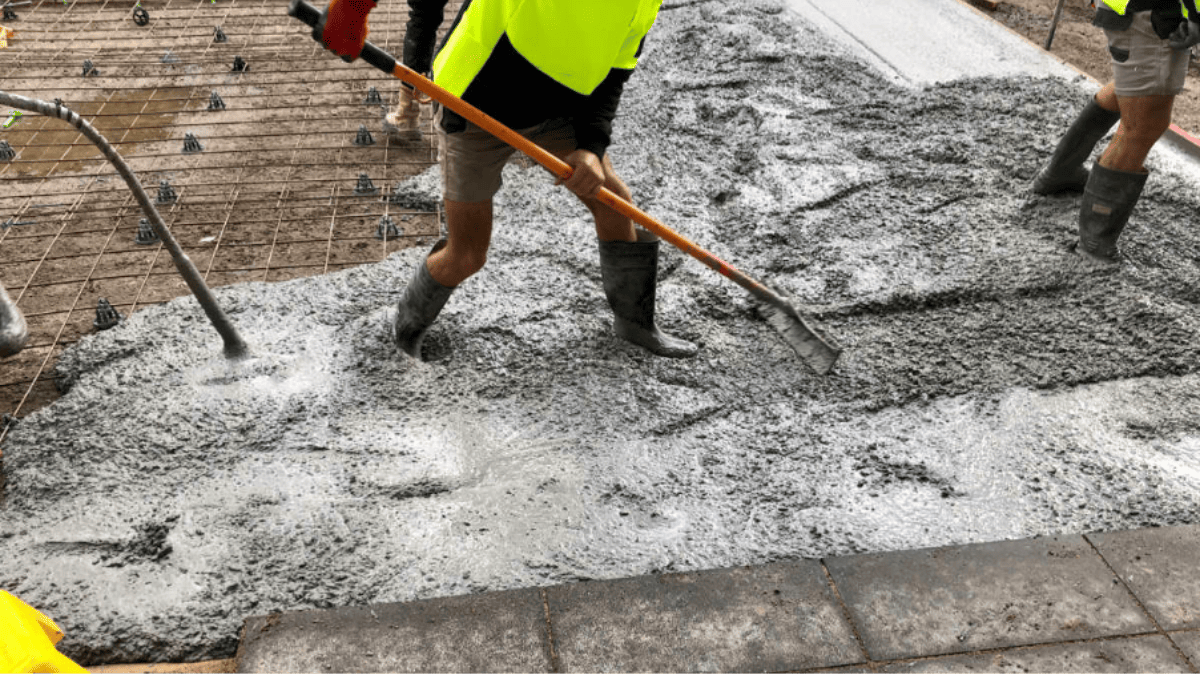Greenhouse gas emissions in the European Union dropped by eight percent last year – the biggest drop in decades, marking significant progress toward...
Vous n'êtes pas connecté
- English
- Français
- عربي
- Español
- Deutsch
- Português
- русский язык
- Català
- Italiano
- Nederlands, Vlaams
- Norsk
- فارسی
- বাংলা
- اردو
- Azərbaycan dili
- Bahasa Indonesia
- Հայերեն
- Ελληνικά
- Bosanski jezik
- українська мова
- Íslenska
- Türkmen, Түркмен
- Türkçe
- Shqip
- Eesti keel
- magyar
- Қазақ тілі
- Kalaallisut ; kalaallit oqaasii
- Lietuvių kalba
- Latviešu valoda
- македонски јазик
- Монгол
- Bahasa Melayu ; بهاس ملايو
- ဗမာစာ
- Slovenščina
- тоҷикӣ ; toğikī ; تاجیکی
- ไทย
- O'zbek ; Ўзбек ; أۇزبېك
- Tiếng Việt
- ភាសាខ្មែរ
- རྫོང་ཁ
- Soomaaliga ; af Soomaali
 Maroc - TIMBERBIZ.COM.AU - A La Une - 07/Aug 00:36
Maroc - TIMBERBIZ.COM.AU - A La Une - 07/Aug 00:36
Study shows wooden packaging better than cardboard
Wooden packaging was found to outperform corrugated cardboard in a Life Cycle Assessment, especially in terms of greenhouse gas emissions, ecotoxicity, food safety and water footprint. Source: Fruitnet.com Wooden packaging has a lower environmental impact than its corrugated cardboard counterpart, according to the results of a Life Cycle Assessment (LCA) performed by consulting firm Géminis Tools, in collaboration with researchers from the group of Information and Communication Technologies against Climate Change of the Universitat Politècnica de València. The LCA compared the performance of the two kinds of single-use packaging for the refrigerated transport of 1,000 tonnes of mandarins by truck between Valencia and Germany, a distance of 2,000km. The higher energy consumption required to recycle paper and cardboard, the greater water consumption needed in the recycling and manufacturing process and the use of chemicals during recycling make wooden packaging more attractive in terms of emissions, water consumption, water eutrophication and terrestrial acidification, the study concluded. Fedemco, the Spanish Federation of Wooden Packaging and its Components, said that the European wood industry was leading the way in achieving circularity and carbon neutrality through “resource efficiency, circular design, prioritising recycling over early energy recovery through cascading”. The federation has developed and is promoting the European Ecowoox mark that certifies the eco-design and total recyclability of wooden packaging to meet national and European regulatory requirements. “The use of wooden packaging is a great advantage in the refrigerated transport of fruit and vegetable products, as it preserves better the properties of the transported product due to its resistance and strength,” Fedemco added. “Its physical and mechanical properties stand out as well as the protection it provides to the product against changes in the hygrothermal conditions of the environment. The use of wood in this type of packaging is beneficial for promoting sustainable forest management and the rural economy, especially in the Mediterranean forests where the raw materials, mainly pine and poplar, come from.”
Articles similaires
Analyzing the US forest products market
The forest products market remains a vital component of the global economy, driving growth through a diverse range of sectors including timber, paper,...
Opal plastic free blueberry packaging on trial
Mountain Blue, a company involved with blueberry genetics, has a plastic free packaging trial in place with Opal, on its Eureka brand with supermarket...
Unilin to start recycling MDF on an industrial scale
Backed by a €20 million investment, Unilin is set to start recycling MDF on an industrial scale at its site in Bazeilles, France. This represents a...
17th edition of the Plastic Packaging, Corrugated, and Food Asia International concludes successfully
Web Desk KARACHI: The 17th edition of the Plastic Packaging, Corrugated, and Food Asia International exhibition and conferences recorded over $10...
Scientists find new ways to turn trash into treasure
Nature has an incredible way of recycling its resources. Water moves from the ground to the sky and back again in a never-ending cycle. When plants...
Will the World Be Polluted by Heavy Metals from EV Batteries?
As electric vehicles (EVs) rise in popularity as a solution to air pollution and the reduction of carbon emissions, a less-discussed issue is...
Microsoft’s new datacentre in CLT to reduce company’s carbon footprint
Microsoft is building its first datacenter to be made with super strong ultra-lightweight wood in a bid to slash the use of steel and concrete, which...
Zeotech MoU with Holcim could advance the use of HRM in concrete to reduce emissions
Zeotech and Holcim Australia will collaborate on advancing the manufacturing of high reactivity metakaolin and its use in concrete production. ...
Stora Enso to buy Finnish sawmill company to secure wood supply
Stora Enso has entered into an agreement to acquire 100% of the Finnish sawmill company Junnikkala Oy. This acquisition aims to secure a...
Les derniers communiqués
-
Aucun élément

.jpg)
